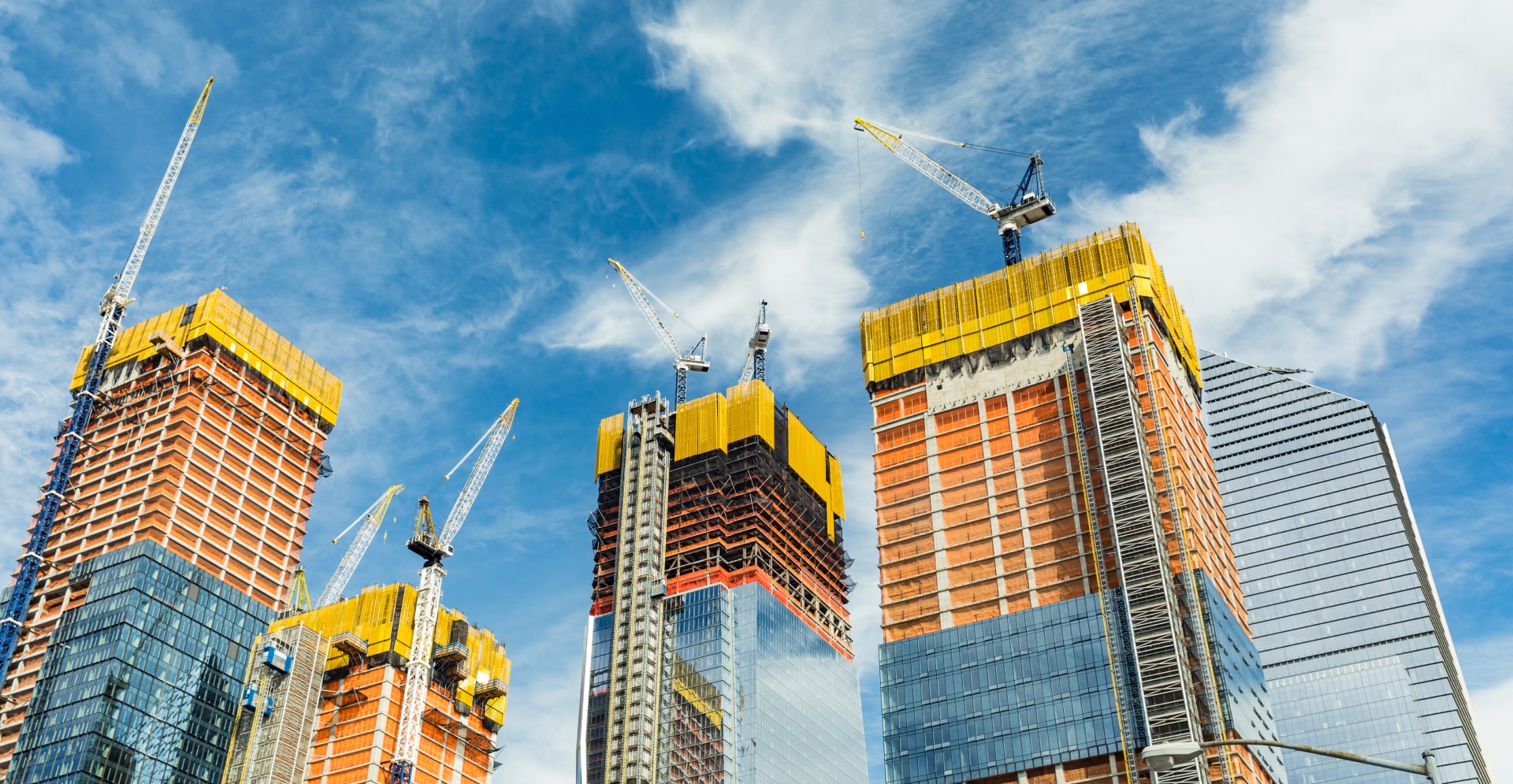The latest edition of Arcadis’ annual International Construction Costs report comes in the midst of never-before-seen challenges for the global construction industry, as companies’ resilience is tested and future plans are uncertain.
Once again, U.S. cities are some of the most expensive cities for construction, as indicated by their relatively high position on this year’s ICC Index. New York is the world’s second most expensive city in which to build and San Francisco is the fifth. That said, both cities have become slightly more affordable, as they held position one and two, respectively, in last year’s ICC index. This year, London is the most costly city for construction.
A total of 16 U.S. cities made this year’s index of 100 global cities. The latest U.S. data, particularly from New York and San Francisco, suggests an easing of cost levels – especially in connection with oversupplied market segments such as mid-town apartments.
Houston held its spot as the most affordable U.S. city indexed, with costs measuring half of those seen in New York. Some reasons for the differences include the cost of labor, materials and other construction resources. For example, Texas has a low-cost, flexible workforce in contrast to the heavily unionized New York construction market.
COVID-19 halting some construction projects
The COVID-19 virus is having a significant effect on construction activity. I’ve watched it unfold on projects I’m involved with. A project in California started having difficulty getting materials from China in February. A few weeks later, there was a worker shortage when sub-contractors chose not to work despite the project's shelter-in-place exemption. Eventually (and currently), the project reached a complete stop-work status. This is just one of the countless major construction projects that have abruptly come to a halt, leaving developers and investors scrambling to address anticipated impacts. For example, loan payments will now come due long before units can be sold. When projects restart, I expect to see contractor incentives to speed up delivery dates.
This domino effect is one of the key points I think we need to understand, as it’s not just the current impact of projects being placed on hold, but the future implications as well.
Addressing the impacts of climate change
In addition to looking at global construction costs and influencing factors, the 2020 report also examines emerging trends associated with climate change. It has long been recognized that buildings and infrastructure are the single largest contributor of total global energy-related CO2 emissions, responsible for nearly 40% in 2018.
While the U.S. has different building requirements and tracking systems than many European countries, many global companies manage to European standards and have their own aggressive climate goals. Couple that with consumer demand – and willingness to pay – for sustainable construction, and the U.S. is seeing far more sustainable construction than we’ve seen in recent years.
A newly constructed timber-framed office building in Portland, Ore., is just one example of sustainable construction that the industry wasn’t even sure was possible 10 years ago. I expect to see more carbon-neutral projects that continue to push the envelope of what sustainable construction looks like.
Looking ahead
Even before COVID-19, U.S. construction was expected to cool off despite a strong housing market. Once we enter our new normal, the industry will need to address both new and pre-existing challenges. For instance, the interim trade agreement with China is unlikely to eliminate all tensions between the two largest economies in the world. The upcoming presidential election may lead to additional economic support packages, and both political parties have indicated they want to see significant federal investment in infrastructure. But we may be looking at a new investment landscape altogether by the end of the year.
Regardless of what the restart looks like, the industry must apply the new resiliency lessons we’re learning now to positively impact future planning and sustainability practices.






